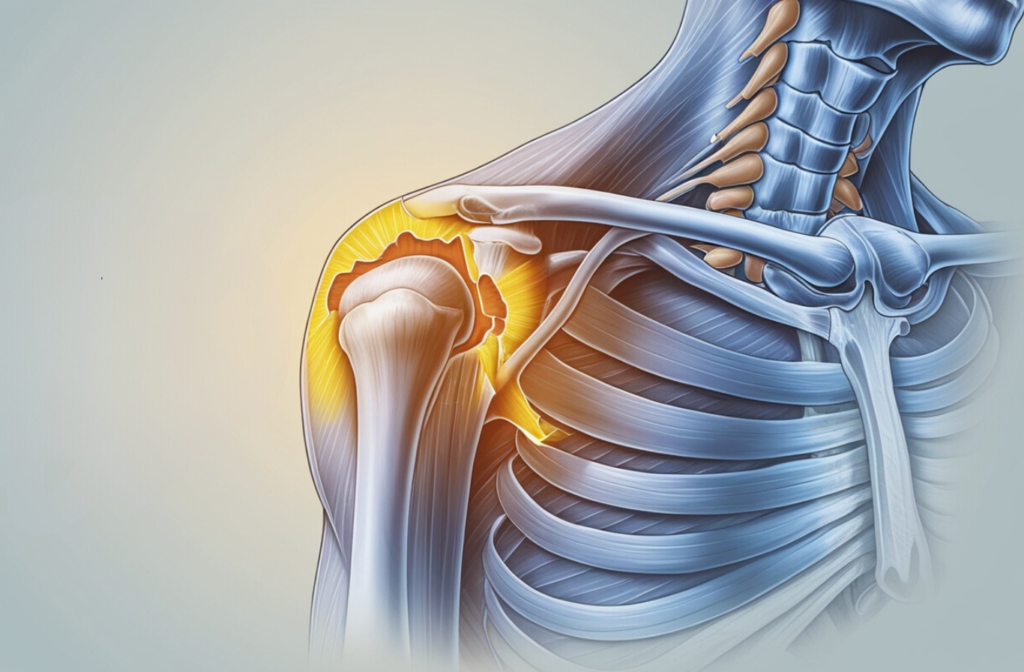SLAP repair surgery
What is SLAP Repair?
A Superior Labrum Anterior to Posterior (SLAP) tear occurs when the ring of cartilage (labrum) that surrounds the shoulder socket gets damaged, often due to repetitive shoulder motions or trauma. This type of injury commonly affects athletes or individuals involved in heavy physical work, causing pain, weakness, and instability in the shoulder.

Who Needs SLAP Repair Surgery?
If you experience the following symptoms, you might have a SLAP tear and could be a candidate for surgery:
- Persistent shoulder pain, especially during overhead activities
- A feeling of shoulder instability or weakness
- Clicking, popping, or grinding sensation in the shoulder
- Difficulty lifting or moving the arm
SLAP tears often occur in athletes like baseball players, swimmers, or weightlifters due to repetitive overhead motions.
What to Expect During the Procedure?
SLAP repair surgery is typically performed arthroscopically, meaning the surgeon uses a tiny camera (arthroscope) and specialised tools through small incisions around the shoulder. During the procedure:
- Diagnosis Confirmation: The surgeon confirms the SLAP tear via arthroscopic visualisation.
- Labrum Reattachment: The torn part of the labrum is reattached to the shoulder socket using small anchors and sutures.
- Post-Procedure Care: The incisions are closed, and the shoulder is immobilised in a sling to begin the healing process.
Recovery and Rehabilitation
Recovery from SLAP repair surgery involves a gradual, structured rehabilitation program. The typical recovery process includes:
- Phase 1 (0-6 weeks): Shoulder immobilization in a sling, with gentle passive motion exercises under guidance.
- Phase 2 (6-12 weeks): Gradual reintroduction of active motion exercises to restore mobility and strength.
- Phase 3 (12-24 weeks): Advanced strength training, range-of-motion exercises, and sport-specific training to regain full function.


